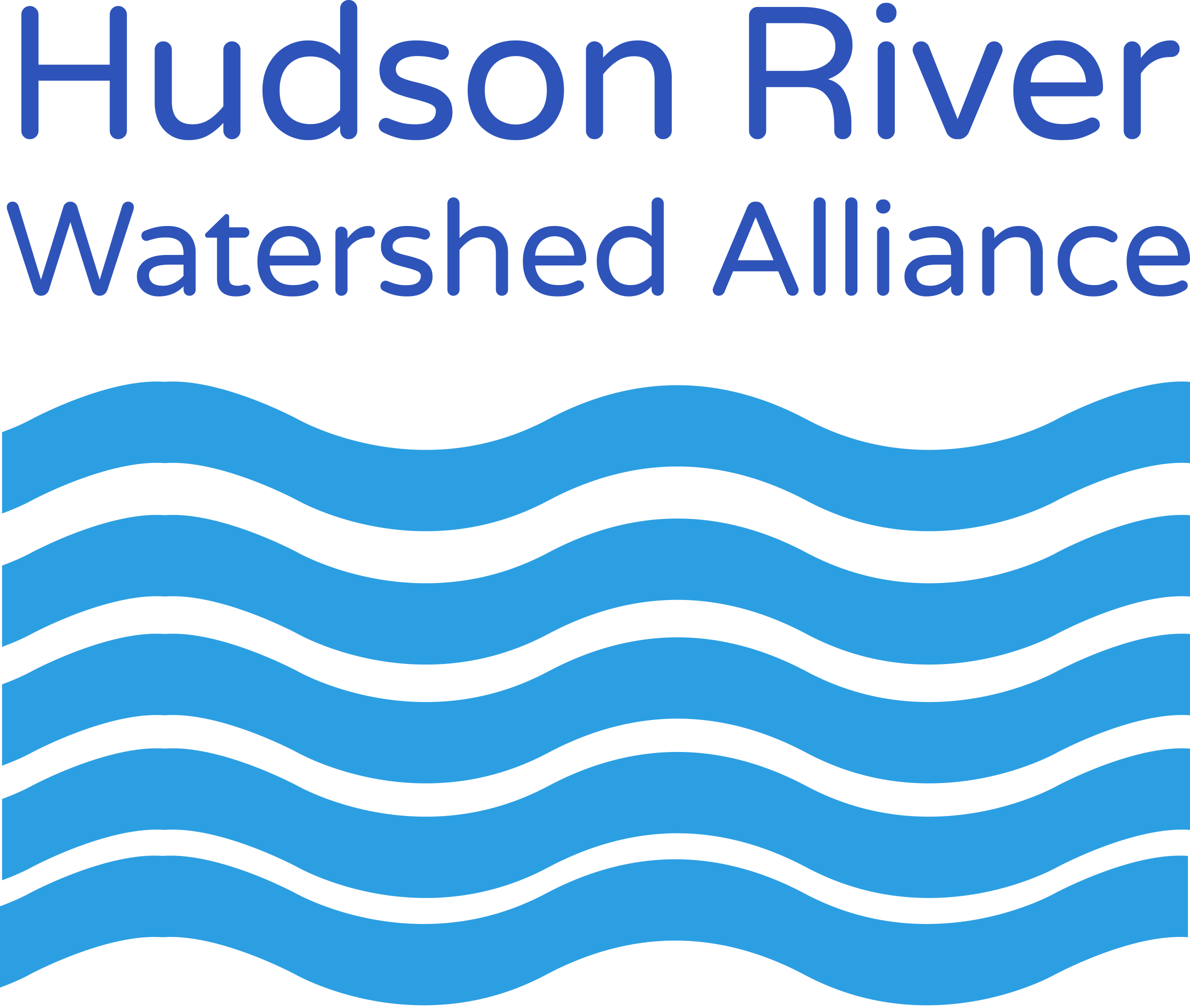
While culverts allow us to build roads over streams and improve our mobility, they impede the ability of fish and other organisms to move freely throughout the stream. Throughout the summer of 2015, staff from the NYSDEC, Hudson River Estuary Program and the NYS Water Resources Institute, Columbia-Greene and Dutchess County Cornell Cooperative Extensions, and Dutchess and Rockland County Soil and Water Conservation Districts were out in the Hudson River Estuary assessing culverts for passability for aquatic organisms. They were also collecting data that Cornell University will use to model the capacity of the culvert, looking at whether the culvert is big enough to pass stream flows from future storms. With passability and capacity information, local partners can prioritize the culverts that are the biggest barriers to fish and other organisms and are most likely to fail during a future storm. Stay tuned for grants that can help address these kinds of aquatic barrier problems….
More information on stream connectivity can be found on the NYS DEC website.
For more information on the NYS DEC’s project to assess culverts and stream connectivity in the Hudson River Estuary, please see this fact sheet.

